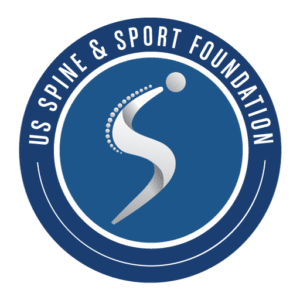Electromyographic (EMG) activity of the lumbar extensor muscles: effect of angle and hand position during Roman chair exercise.
Mayer JM, Graves JE, Robertson VL, Pierra EA, Verna JL, Ploutz-Snyder LL.
Department of Exercise Science, Syracuse University, NY 13244, USA.
More Info
Abstract:
OBJECTIVE:
To evaluate the effects of angle and hand position during variable-angle Roman chair (VARC) back extension exercise on lumbar paraspinal electromyographic (EMG) activity.
DESIGN:
Descriptive, repeated measures.
SETTING:
University-based musculoskeletal research laboratory.
PARTICIPANTS:
Two female and eight male volunteers recruited from a university setting. INTERVENTION AND OUTCOME MEASURES: Surface integrated EMG activity was recorded from the L3-L4 paraspinal region during 24 10-second repetitions of dynamic back extension exercise, each consisting of a unique VARC angle (six total) and subject hand position (four total). Lumbar paraspinal surface integrated EMG activity measured in millivolts per repetition was used for analysis.
RESULTS:
Significant lumbar paraspinal EMG activity was evident during each of the 24 repetitions (p < or = .05), with a 104% increase in activity noted between the lowest and highest. EMG activity increased progressively among hand positions and as the VARC angle became more horizontal. VARC angle affected EMG activity more than hand position, but the greatest impact on EMG activity was produced by modifying both angle and hand position.
CONCLUSION:
Lumbar paraspinal EMG activity can be altered during VARC back extension exercise by changing angle and hand position. Clinicians can use these data to develop progressive resistance exercise programs using the VARC apparatus.
